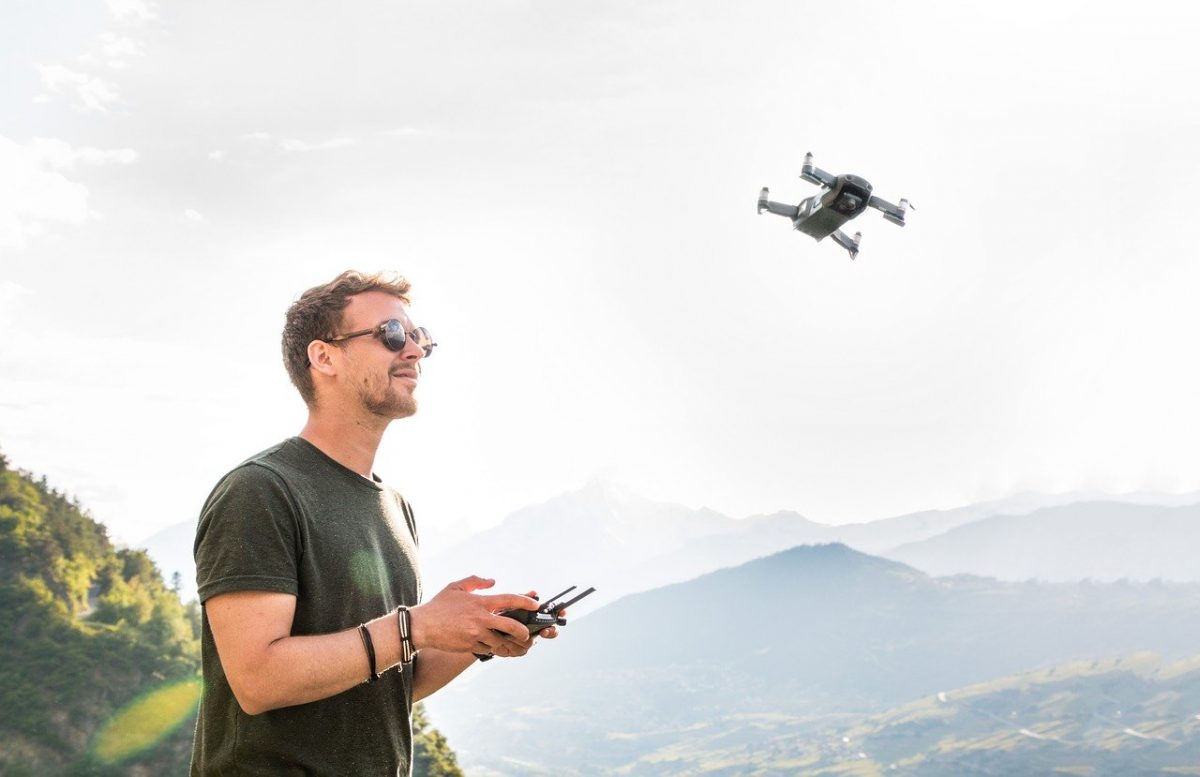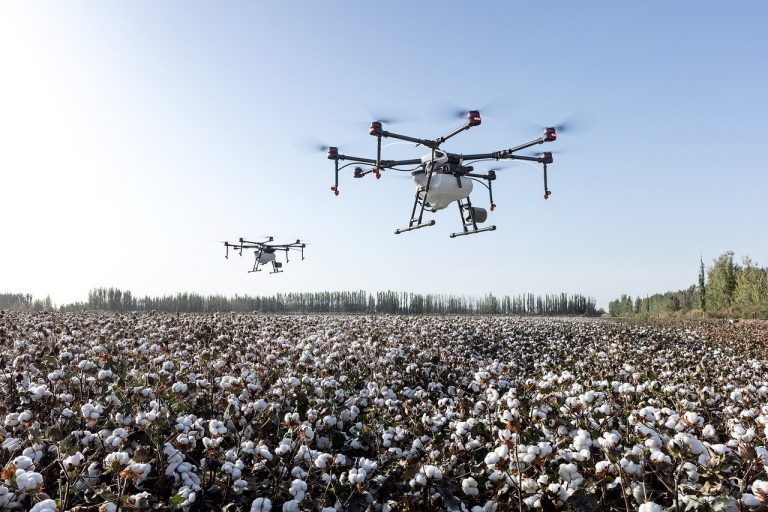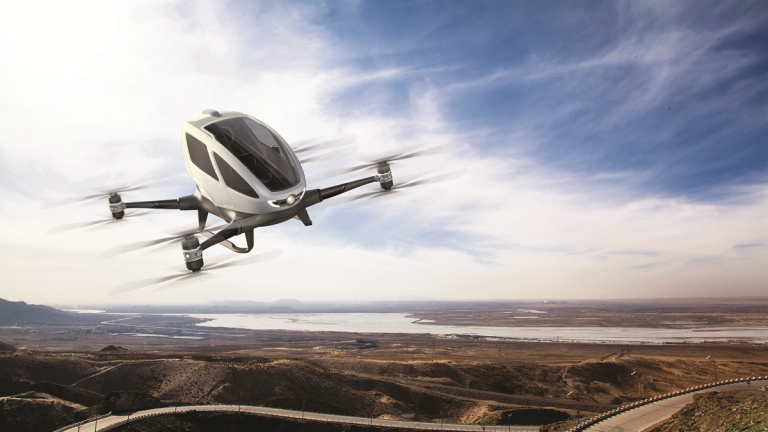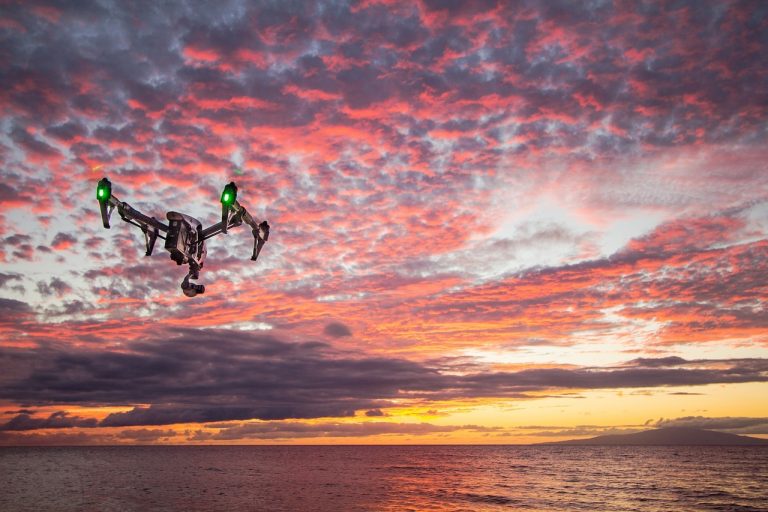
Drones have already reached a high level of succcess and are facing a great future ahead for daily consumers and business use. Definitely, from being used in the 1990s for both combat and reconnaissance missions by the U.S. military, drones have already expanded their use for a variety of modern-day applications. Disrupting industries like photography, logistics, agriculture, sports, and public safety, drones are perhaps poised to reimagine how things will be done in the future.
Drones nowadays

Tech advancements have pushed drones to the mainstream market, with different kinds of drones now available for any kind of budget. For example, the drones on Adorama costs from $16.99 to a whopping $27,000, with models for people who would like to try it, to top-notch machines for hobbyists and professionals similarly. This elevated accessibility is paving the way for drones to be used in different kinds of daily activities, such as shooting unique photos and videos or even sending packages.
Drones nowadays are even used for business purposes. For example, in agriculture, news has reported that farmers are now using repurposed drones for their land and crops. Drones also makes precision agriculture possible by giving farmers a way to monitor their crop and livestock conditions up above. In this modern way, they can quickly spot problems such as poor irrigation, unwanted flooding and pest infestation.
Film crews are also taking advantage of drone technology, after the Federal Aviation Administration cleared drone use for film production in the year 2014. They deploy Unmanned Aerial Vehicles (UAVs) to scout locations, plan shot details, and take picture of hard-to-get shots. Drones are used brilliantly in filming chase scenes (for instance, in the opening motorcycle sequence of the James Bond film Skyfall in the year 2012), aerial shots, and innovative action scenes (for instance, in the Jurassic World scene where drone-mounted cameras mimicked the movement of pterosaurs).
Those mentioned above are just a few examples of how drones are being used nowadays, but as drone technology is improving, both businesses and consumers similarly are bound to use them for more creative and productive purposes.
Drones in the future

One industry that drones will likely break is the transportation industry. A drone offered a glimpse of the future called The Ehang 184 Passenger Taxi Drone. We can see that Unmanned Aerial Vehicles (UAVs) will be taking people to their destinations and it will change how we travel. Three years later, that future seems possible, with Ehang's plan to launch the world’s first autonomous air taxi service. This very ambitious plan is the Ehang 216, the two-seater, 16-rotor successor to the one-seater Ehang 184.
Law enforcement can also take advantage from drones in the future. Police Chief Magazine even has a vision of a future where drones will assist police officers in different law enforcement scenarios. If the Chula Vista 60-day pilot carried in California 2 years ago is any lead, drones will be really helpful in location of wanted subjects, disturbances monitoring, and area checking, among other things. These will result in making law enforcement more effective, but without overtaxing uniformed personnel.
The potential applications of drones are infinite but there are 3 roadblocks that keep drones from fully taking off: regulations of Federal Aviation Administration, limited Unmanned Aerial Vehicle (UAV) flight time, and privacy concerns. Once these 3 roadblocks are cleared, expect drones to figure boldly in most industries, including those that involve transportation (e.g., product shipping, logistics), site assessments (e.g., search and rescue), and photography.

Roadblocks nonetheless, the future of drones is surely promising.
